Introduction to Predictions & Forecasting
Predictions and forecasting play a pivotal role in helping businesses and organizations anticipate future trends, events, and outcomes. By leveraging data analysis, statistical models, and machine learning algorithms, predictions and forecasting offer a way to make informed decisions based on probable future scenarios. Whether it's financial forecasting, demand prediction, or trend analysis, these tools empower businesses to optimize their operations, mitigate risks, and capitalize on opportunities.
Core Features of Predictions & Forecasting
Historical Data Analysis
- Examination of past data to identify trends and patterns.
- Use of statistical methods to draw insights from historical performance.
Time Series Analysis
- Techniques for analyzing time-ordered data to forecast future values.
- Implementation of models such as ARIMA and exponential smoothing.
Model Development
- Creation of predictive models using various algorithms, including regression, decision trees, and neural networks.
- Customization of models to fit specific business needs and contexts.
Model Validation
- Evaluation of model accuracy and reliability through testing and validation techniques.
- Continuous refinement of models based on performance metrics.
Quantitative Forecasting
- Utilization of numerical data to generate forecasts based on mathematical models.
- Implementation of techniques such as causal models and trend analysis.
Qualitative Forecasting
- Gathering expert opinions and insights to inform forecasts.
- Use of focus groups and surveys to understand market trends.
Benefits of Predictions & Forecasting
Optimized Operations & Efficiency
- Forecasting helps businesses optimize their operations by predicting demand, managing inventory levels, and improving supply chain efficiency.
- Similarly, manufacturers can forecast production needs to avoid overproduction or stockouts, leading to cost savings and better resource management.
Improved Financial Planning
- This helps organizations create accurate budgets, manage cash flow, and plan for long-term growth.
- By forecasting financial outcomes, businesses can identify potential risks and take proactive measures to safeguard their financial stability.
Risk Management & Mitigation
- One of the key benefits of predictions and forecasting is the ability to assess and mitigate risks.
- Risk forecasting allows companies to implement contingency plans and take preventative measures, reducing the likelihood of costly issues.
Competitive Advantage
- Businesses that harness the power of predictions and forecasting gain a competitive edge by being able to anticipate market trends and customer needs before their competitors.
- With accurate forecasting, companies can be more agile, responding quickly to changes in the marketplace, and positioning themselves for success in both the short and long term.
Our Location
B-12, B Block, Sector 2, Noida, Uttar Pradesh 201301
We will get back to you within 24 hours, or Call us everyday, 09:00AM - 04:00PM
Request a quote
Conclusion
Predictions and forecasting are invaluable tools for businesses looking to navigate an increasingly complex and data-driven world. By leveraging historical data and advanced algorithms, these systems provide organizations with the insights needed to anticipate future trends, optimize operations, and mitigate risks. Whether used for financial planning, demand forecasting, or risk management, predictions and forecasting enable businesses to make informed, strategic decisions that drive growth and success. As the pace of change continues to accelerate, adopting prediction and forecasting tools is essential for staying competitive and resilient in the face of uncertainty.

 Sales Transformation
Sales Transformation Business Process Automation
Business Process Automation Application Upgrade
Application Upgrade Rapid Prototyping
Rapid Prototyping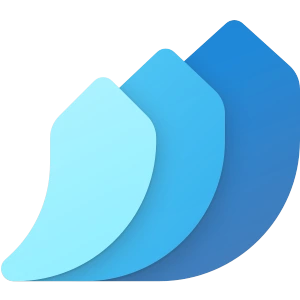 Product Evaluation & Assessment
Product Evaluation & Assessment Customer Service
Customer Service Power Virtual Agent
Power Virtual Agent Omni-Channel Experience
Omni-Channel Experience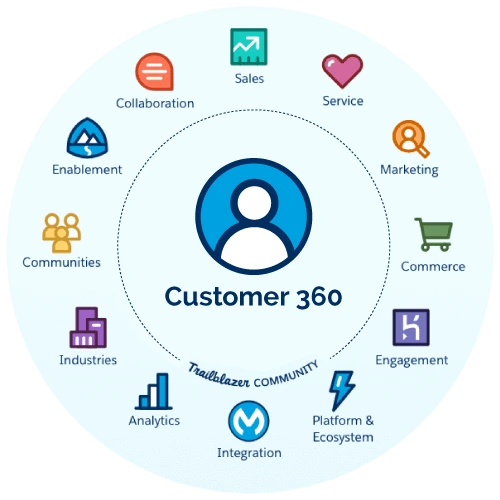 360 View of Customer Journeys
360 View of Customer Journeys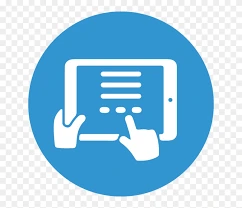 NextGen Customer Portal
NextGen Customer Portal Campaign & Marketing
Campaign & Marketing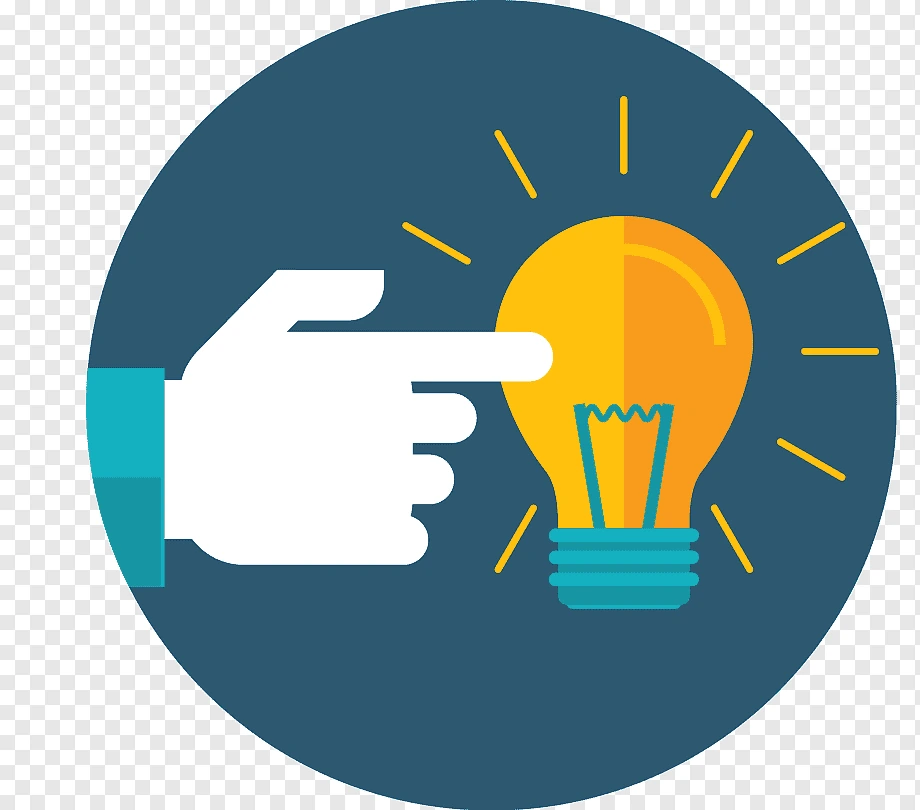 Customer Insights
Customer Insights Portal Content Management
Portal Content Management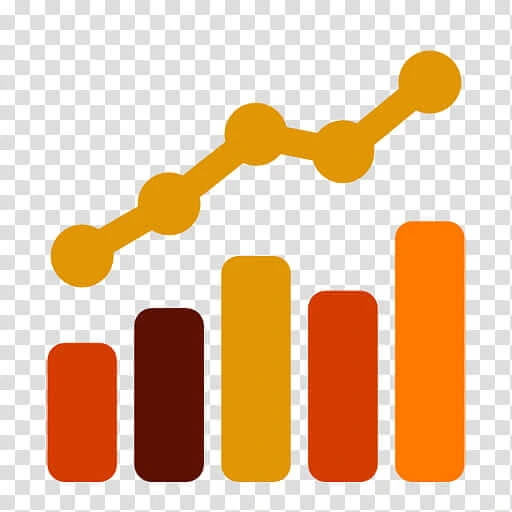 Reporting & Analytics
Reporting & Analytics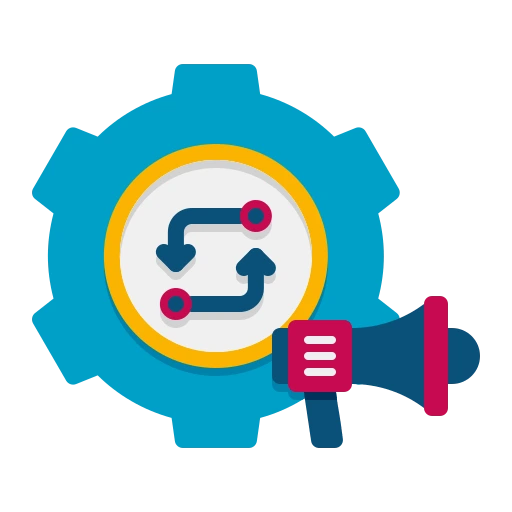 Marketing Automation
Marketing Automation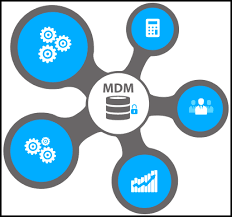 Master Data Management
Master Data Management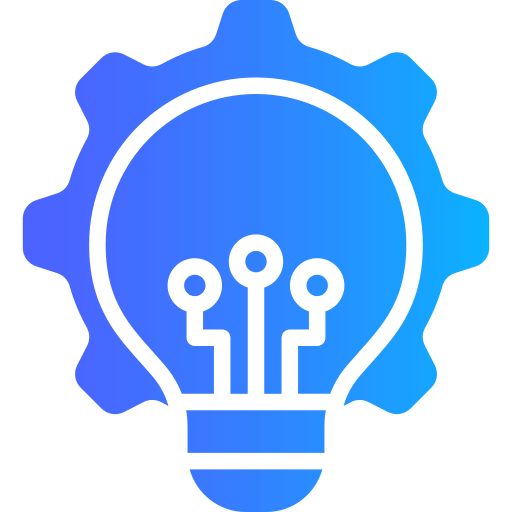 Technology Modernization
Technology Modernization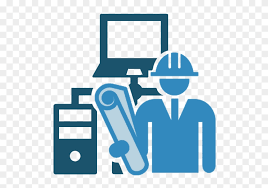 Enterprise Architecture
Enterprise Architecture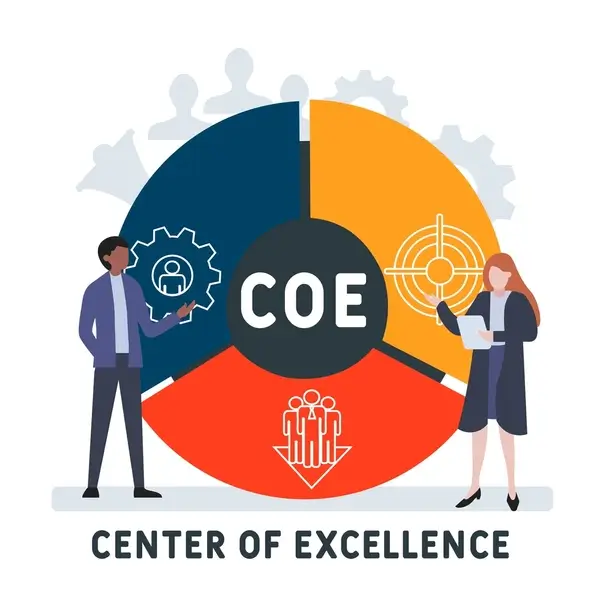 COE as a Service
COE as a Service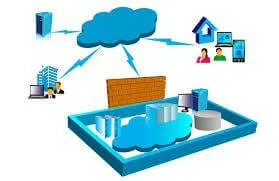 NextGen Digital Workplace
NextGen Digital Workplace NextGen AI Features
NextGen AI Features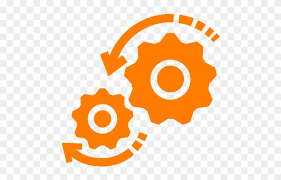 Custom Software Services
Custom Software Services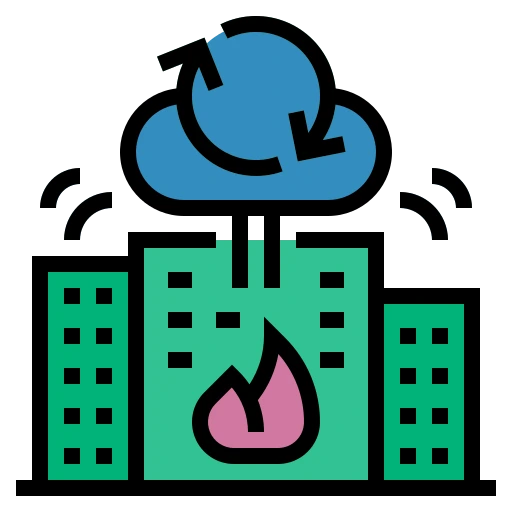 Backup & Disaster Recovery
Backup & Disaster Recovery Quality Assurance (QA Testing)
Quality Assurance (QA Testing)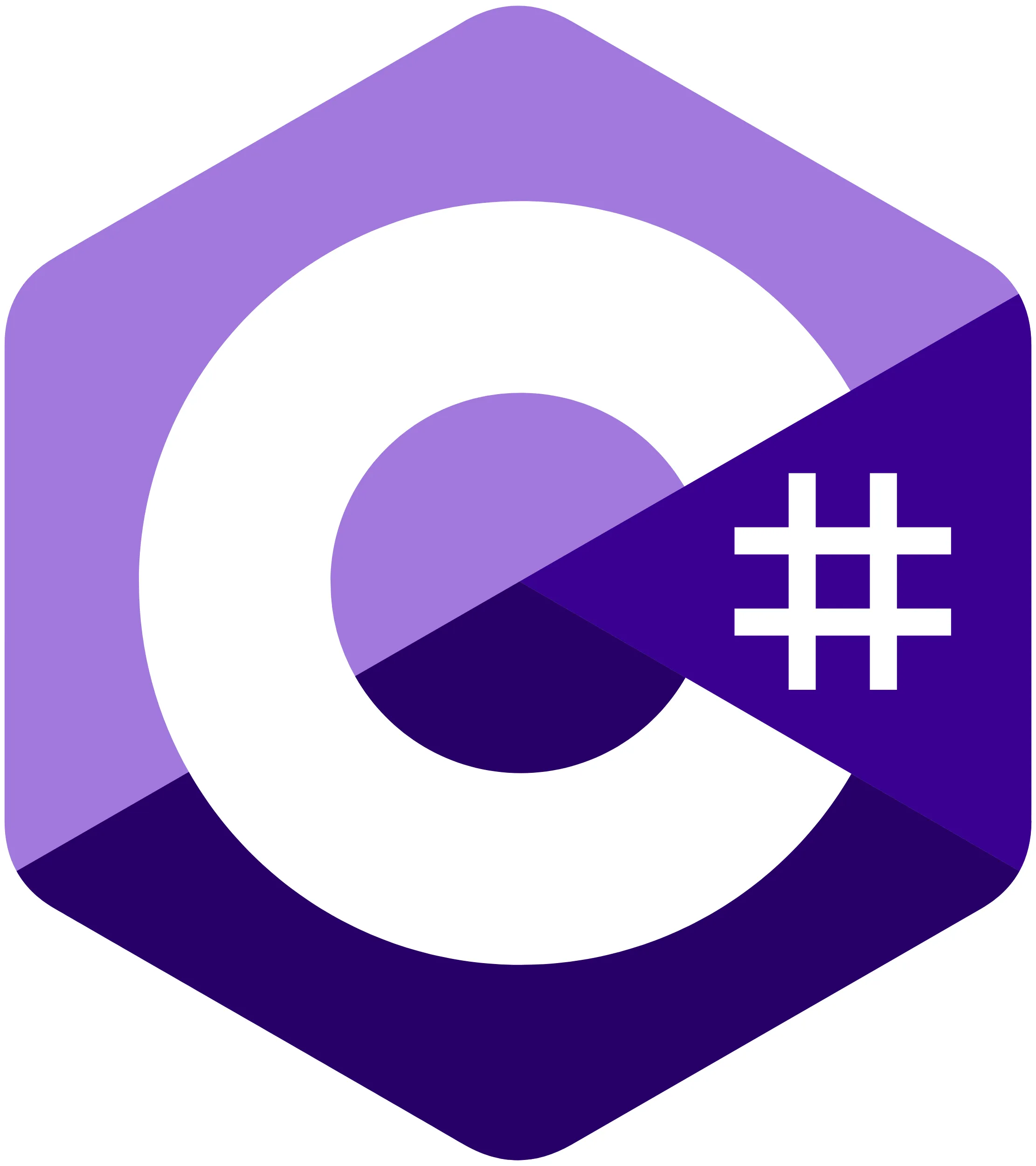 C#/.Net
C#/.Net JAVA
JAVA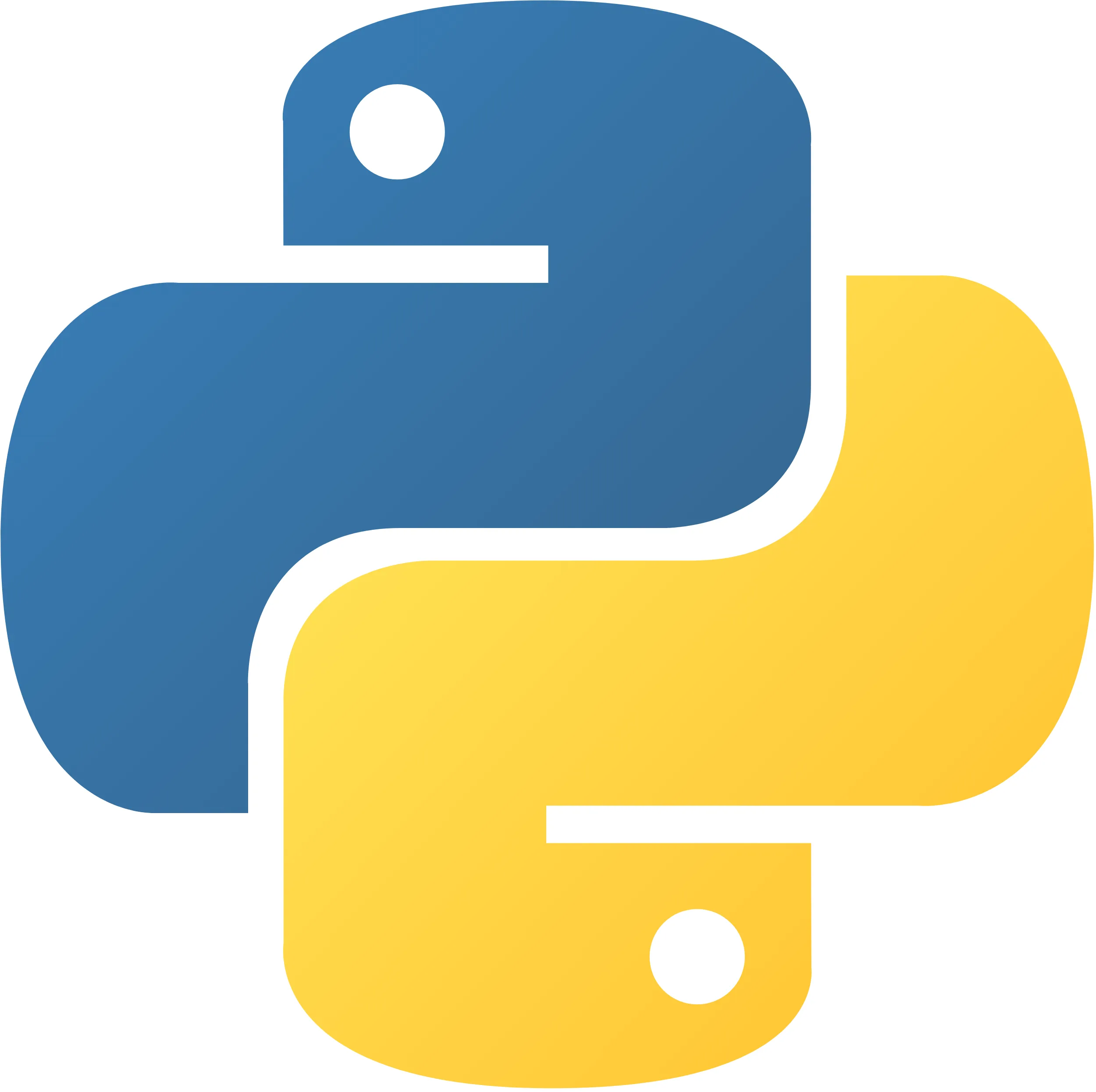 Python
Python Golang
Golang PHP
PHP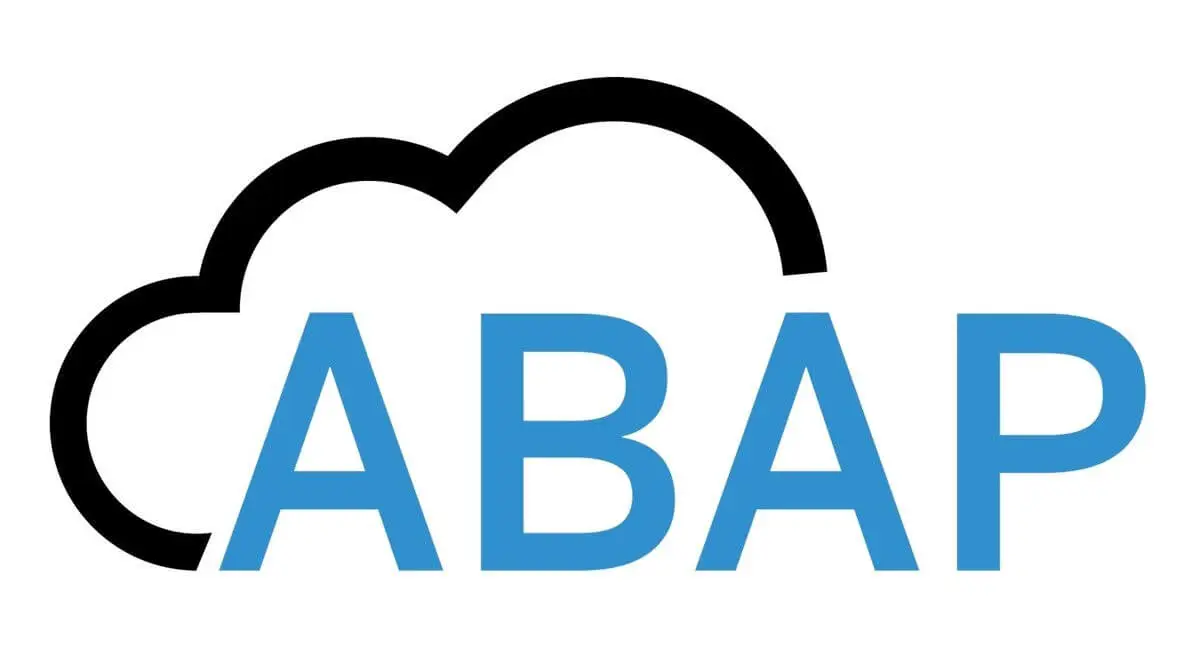 ABAP
ABAP Appex
Appex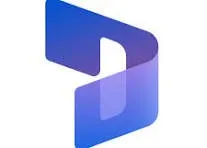 Microsoft Dynamics 365
Microsoft Dynamics 365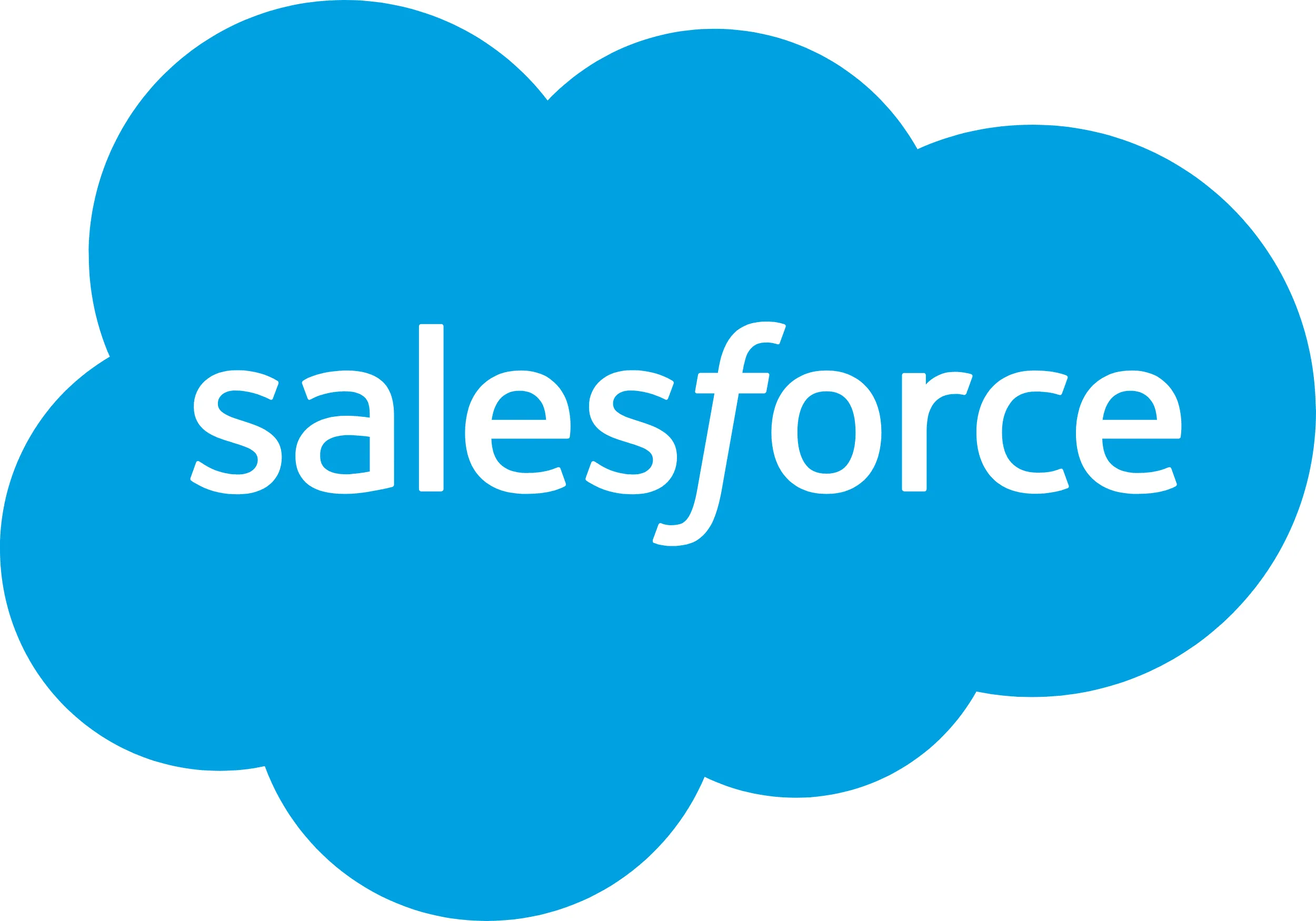 Salesforce
Salesforce Sugar CRM
Sugar CRM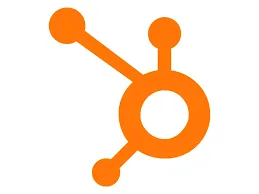 HubSpot CRM
HubSpot CRM Zoho CRM
Zoho CRM Zendesk Sell
Zendesk Sell Magento
Magento Shopify
Shopify WooCommerce
WooCommerce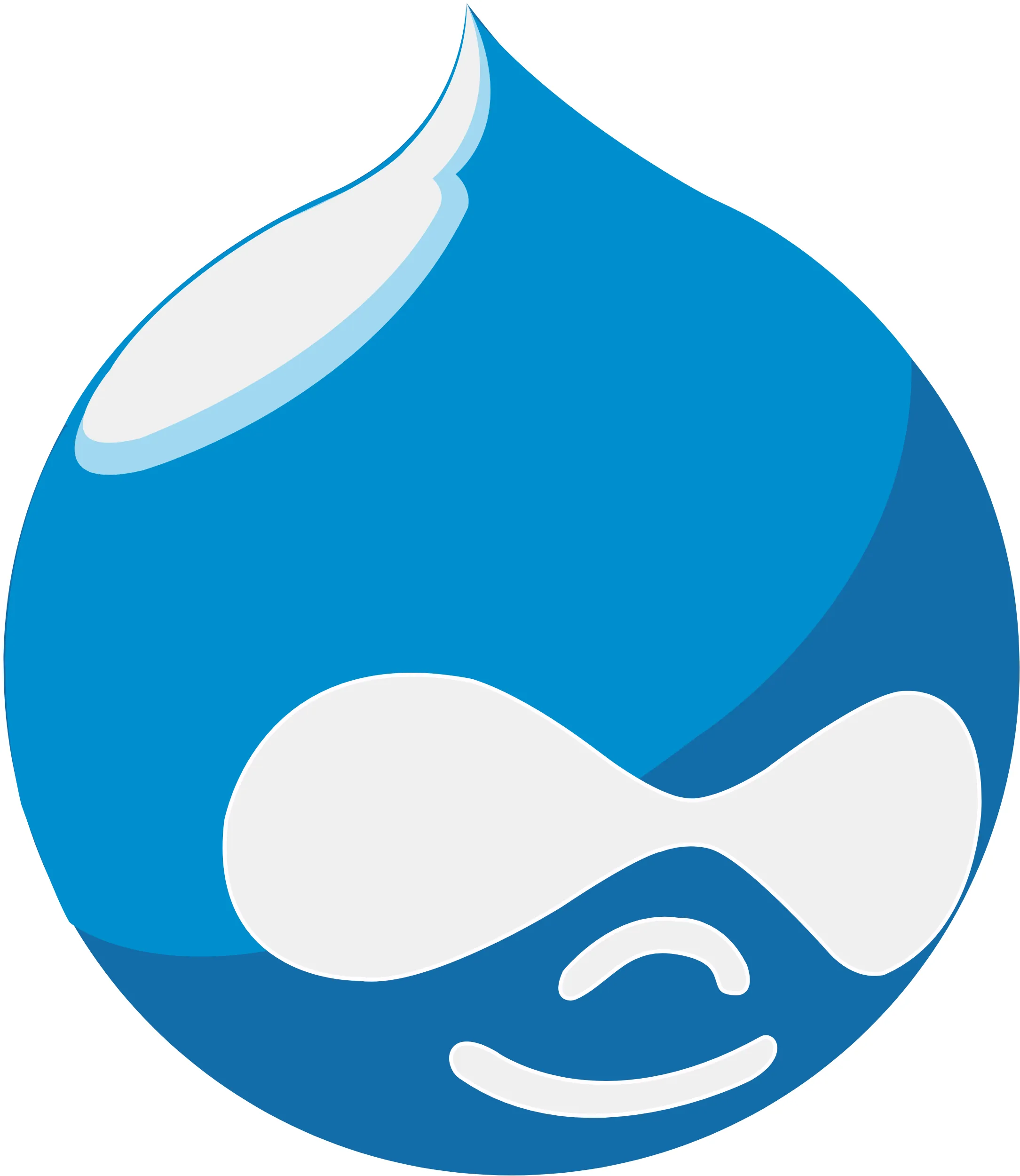 Drupal
Drupal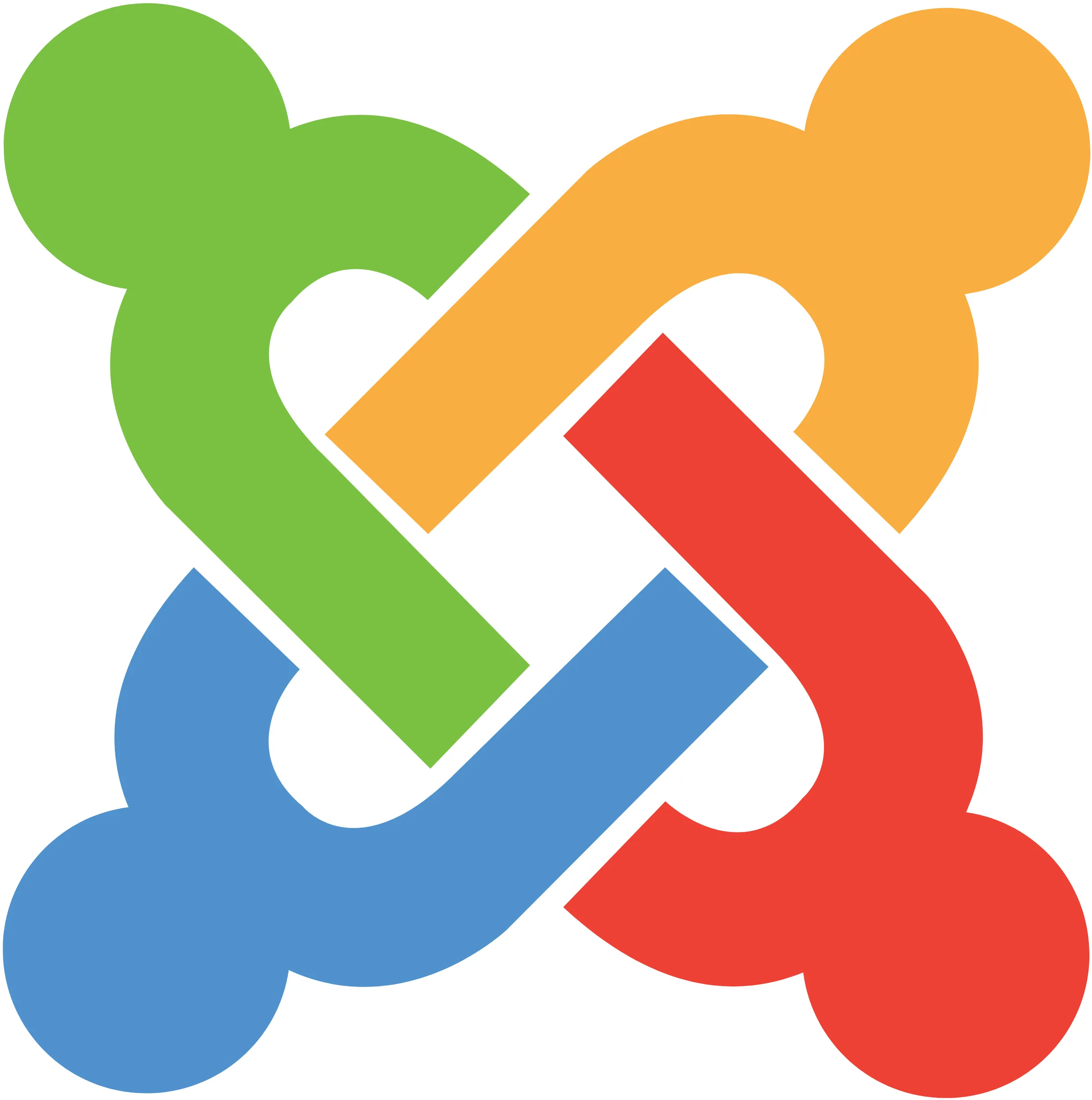 Joomla
Joomla OpenCart
OpenCart Flutter
Flutter Android App
Android App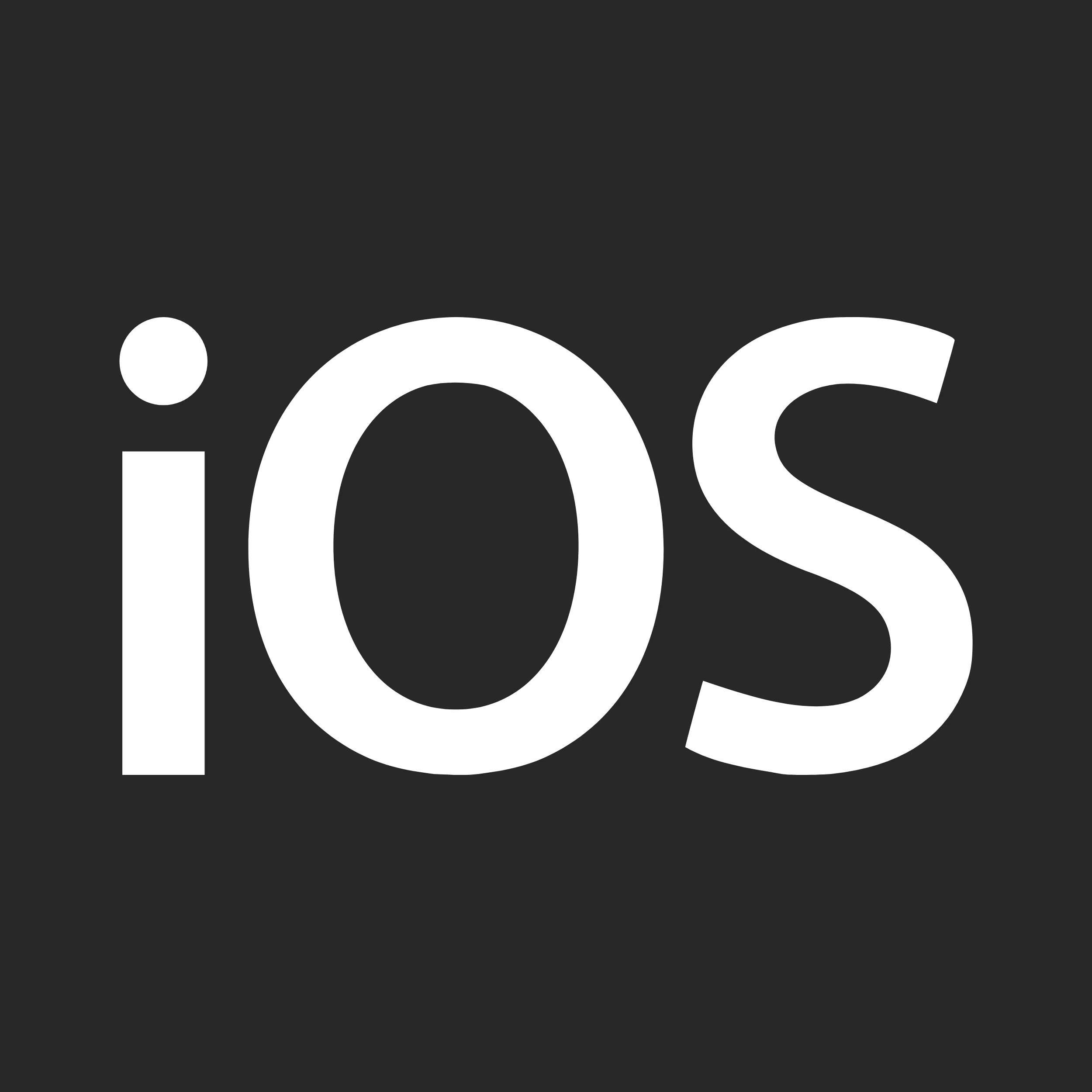 IOS App
IOS App UI/UX Designer
UI/UX Designer Vue.js
Vue.js Alpine.js
Alpine.js Node.js
Node.js Azure
Azure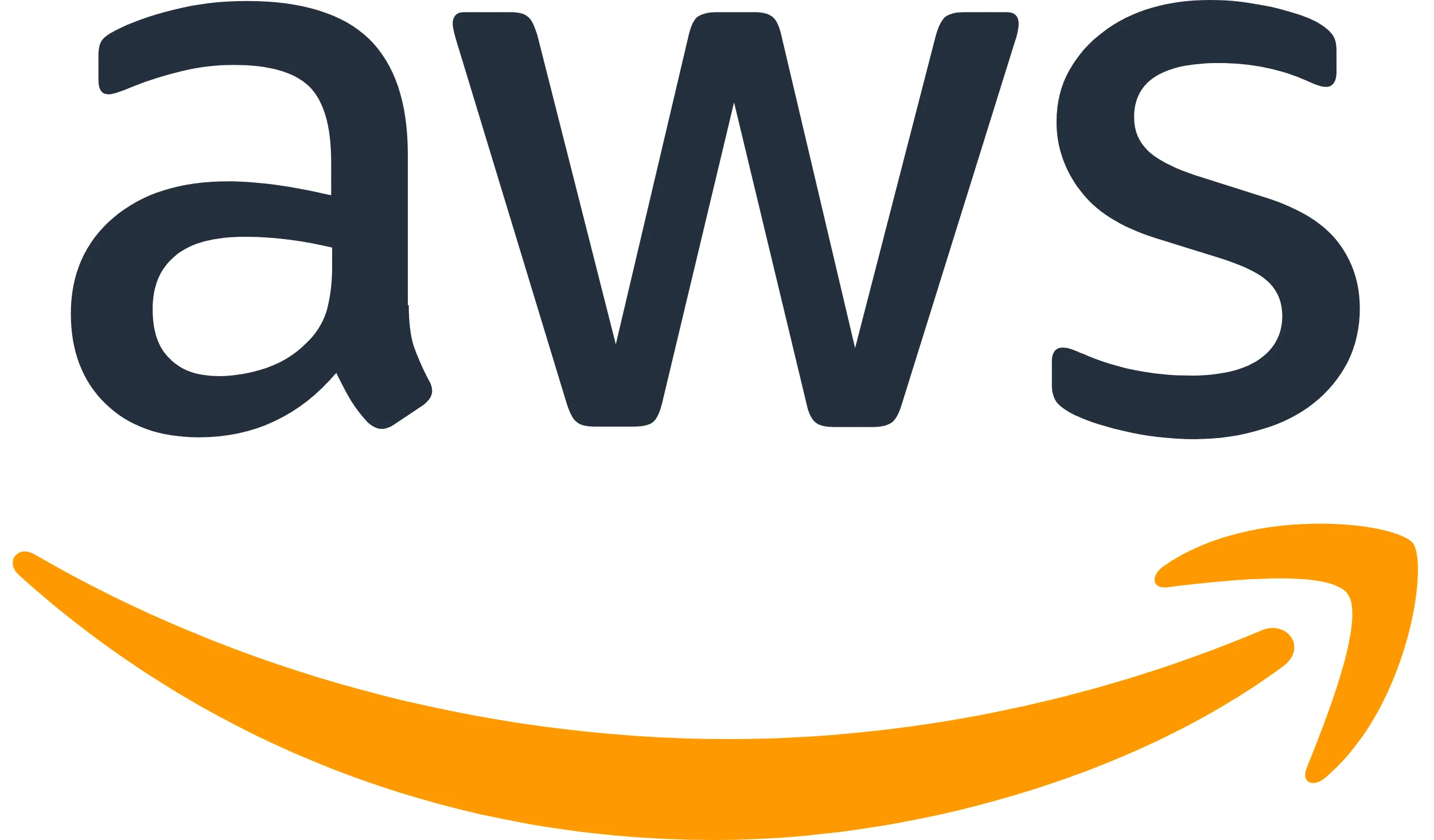 AWS
AWS Bittrex
Bittrex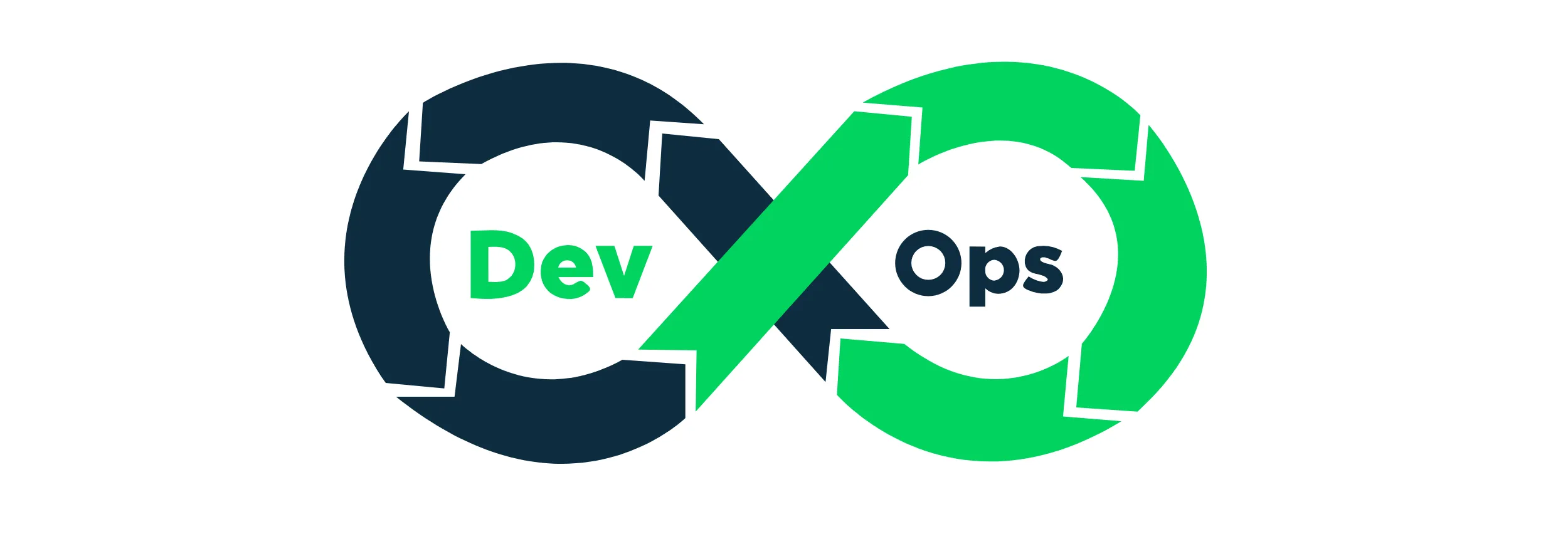 DevOps
DevOps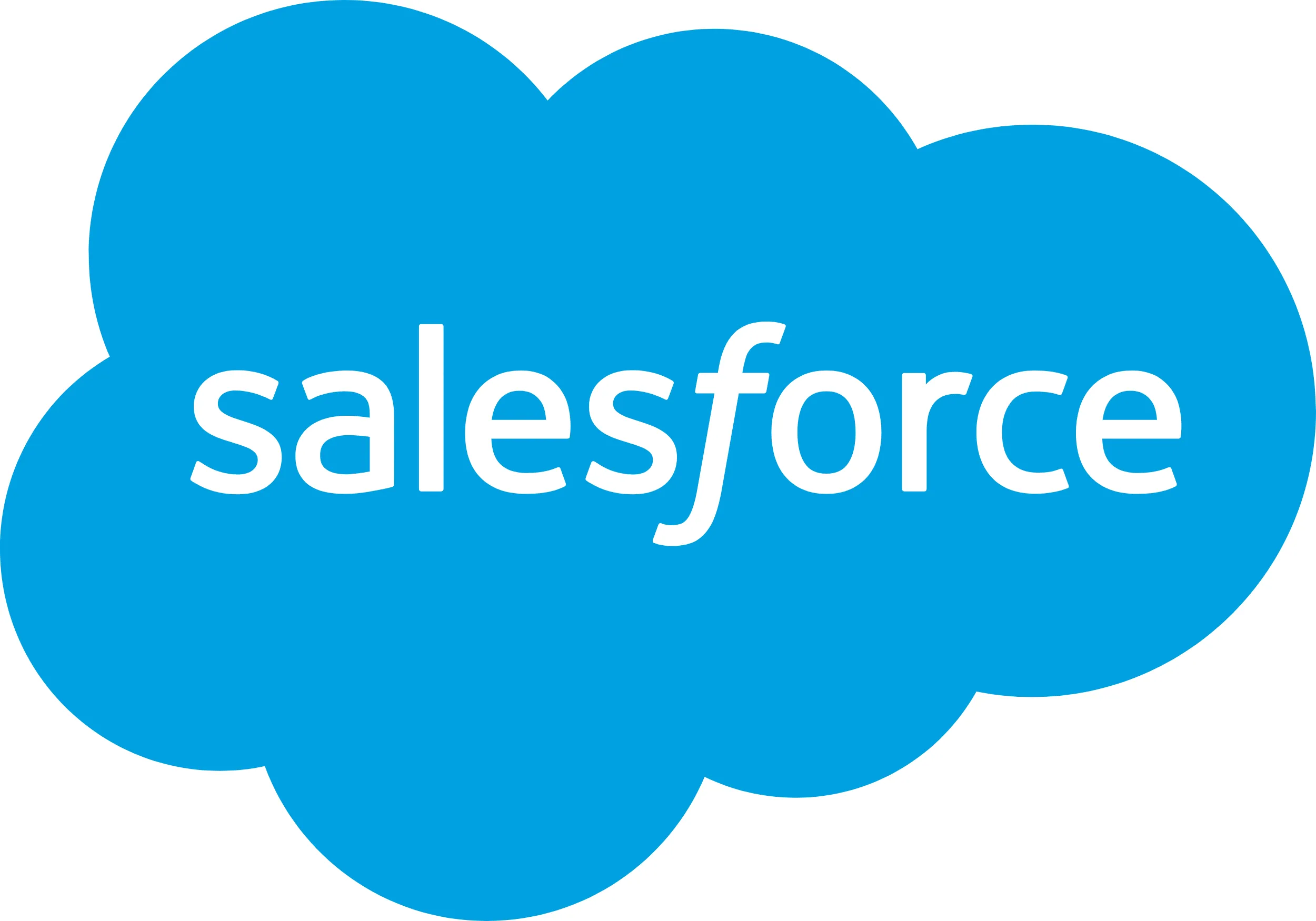 Salesforce Cloud Services
Salesforce Cloud Services Google Cloud Platform
Google Cloud Platform Oracle Cloud
Oracle Cloud Assets and Accelerators
Assets and Accelerators Solutions
Solutions Sales Cloud
Sales Cloud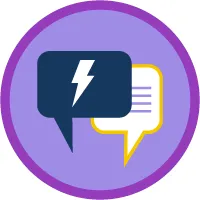 Service Cloud
Service Cloud Marketing Cloud
Marketing Cloud Commerce Cloud
Commerce Cloud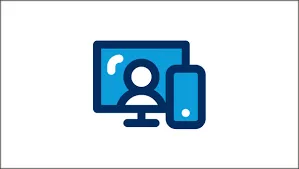 Experience Cloud
Experience Cloud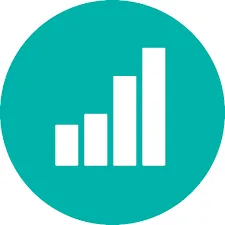 Analytics Cloud
Analytics Cloud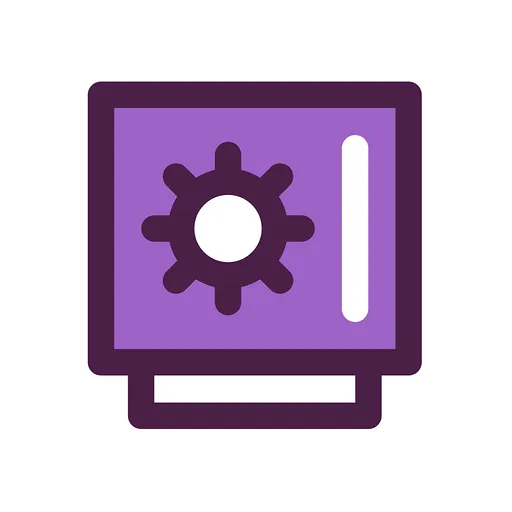 Financial Services Cloud
Financial Services Cloud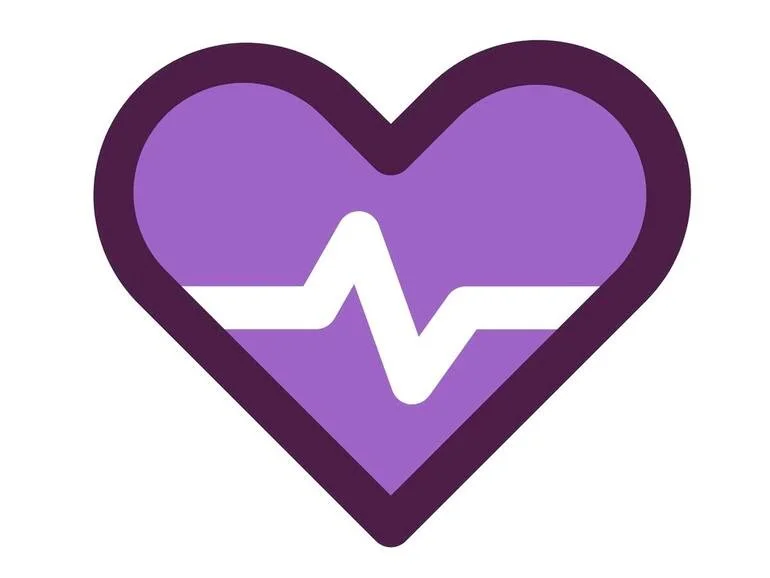 Health Cloud
Health Cloud Education Cloud
Education Cloud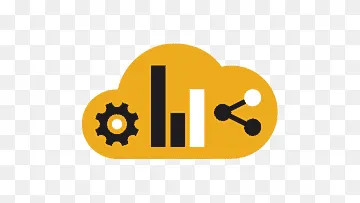 SAP Cloud Platform
SAP Cloud Platform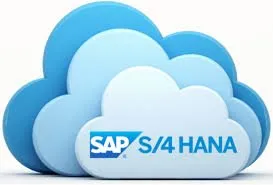 SAP S/4HANA Cloud
SAP S/4HANA Cloud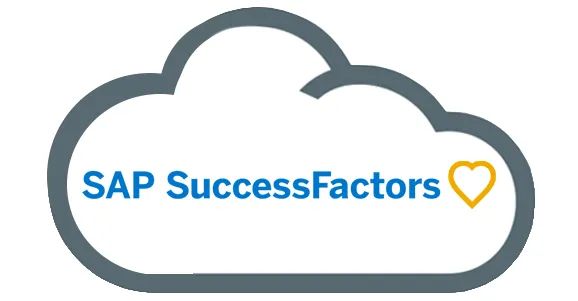 SAP SuccessFactors
SAP SuccessFactors SAP Ariba
SAP Ariba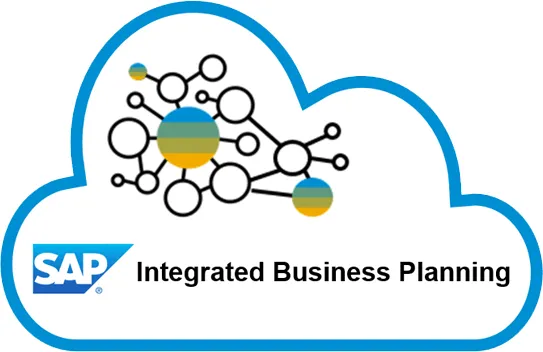 SAP Integrated Business Planning
SAP Integrated Business Planning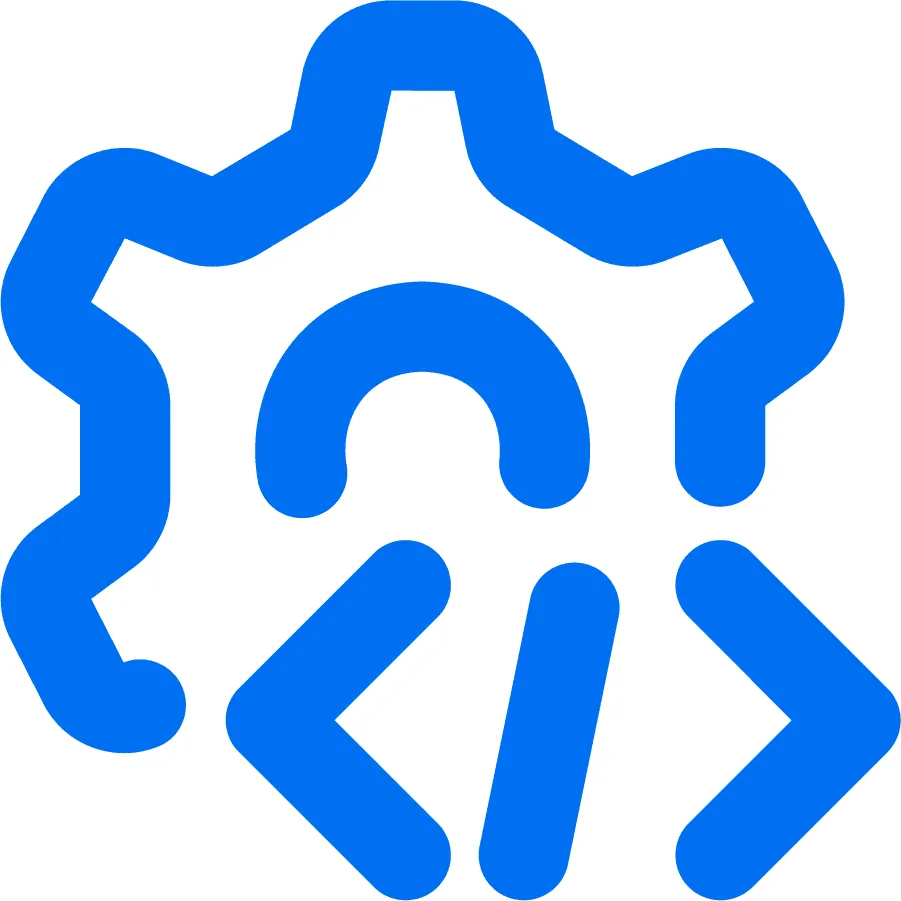 SAP Business Technology Platform
SAP Business Technology Platform SAP Customer Data Cloud
SAP Customer Data Cloud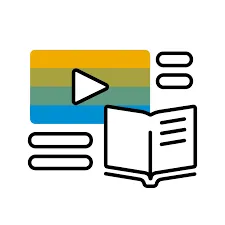 SAP Digital Supply Chain
SAP Digital Supply Chain SAP Fiori
SAP Fiori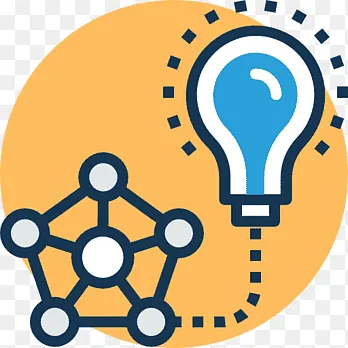 Data & Machine Learning
Data & Machine Learning Speech Services
Speech Services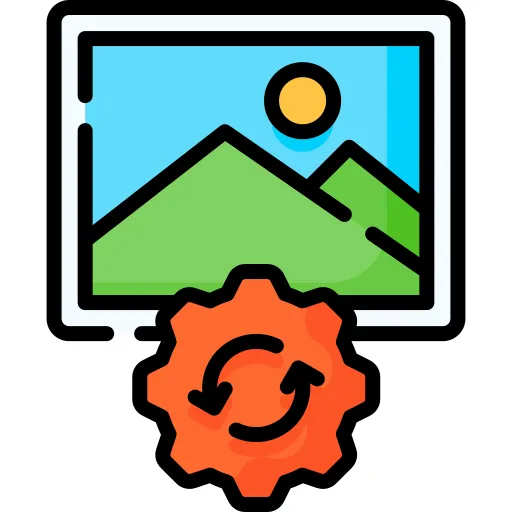 Image Processing
Image Processing Predictions & Forecasting
Predictions & Forecasting Recommendation Engines
Recommendation Engines BOTs & Virtual Agents
BOTs & Virtual Agents Customer Profiling
Customer Profiling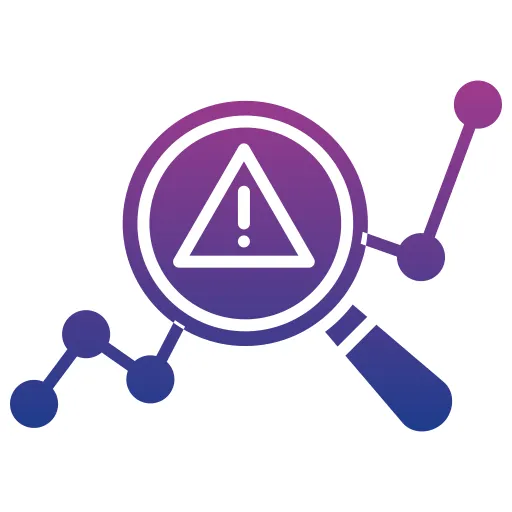 Anomaly & Fraud Detection
Anomaly & Fraud Detection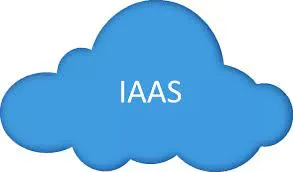 Infrastructure As A Service (IaaS)
Infrastructure As A Service (IaaS) Platform As A Service (PaaS)
Platform As A Service (PaaS)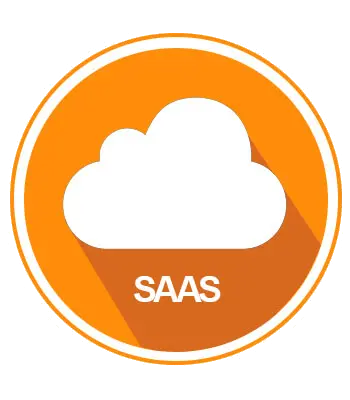 Software as a Service (SaaS)
Software as a Service (SaaS)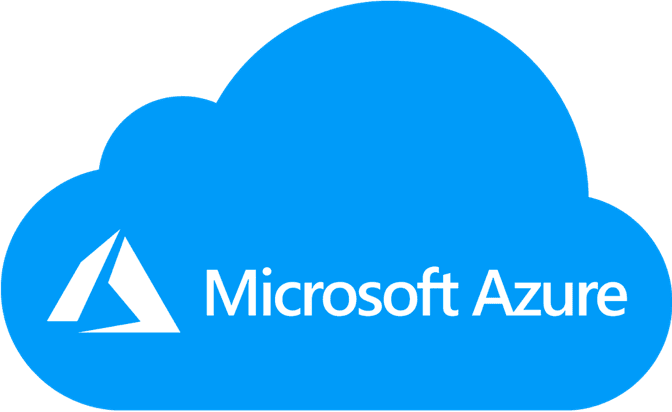 Cloud Architecture & Consulting
Cloud Architecture & Consulting Managed Services
Managed Services Enterprise Mobile Solutions
Enterprise Mobile Solutions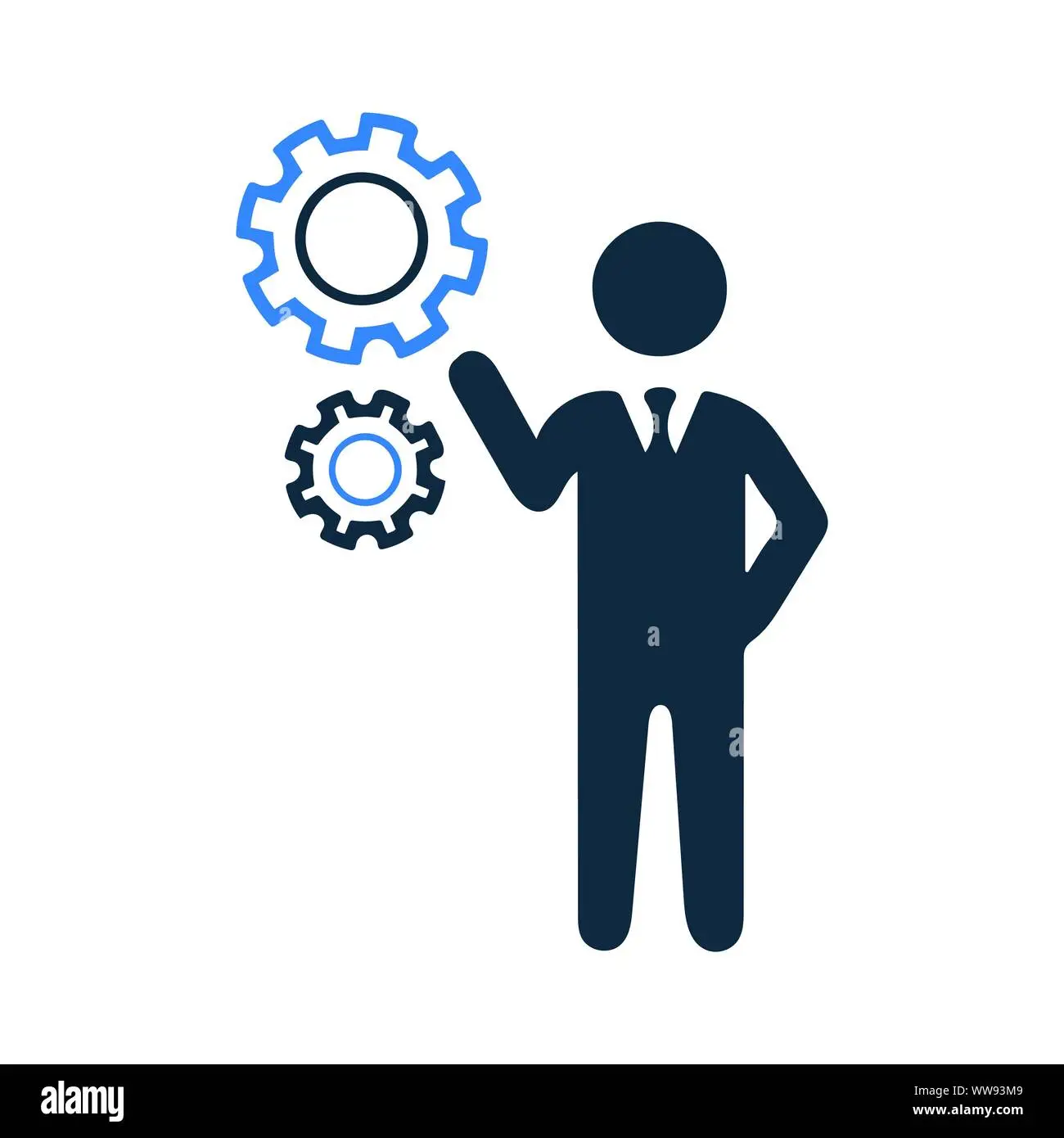 .Net Solutions
.Net Solutions Portals & Collaboration
Portals & Collaboration


